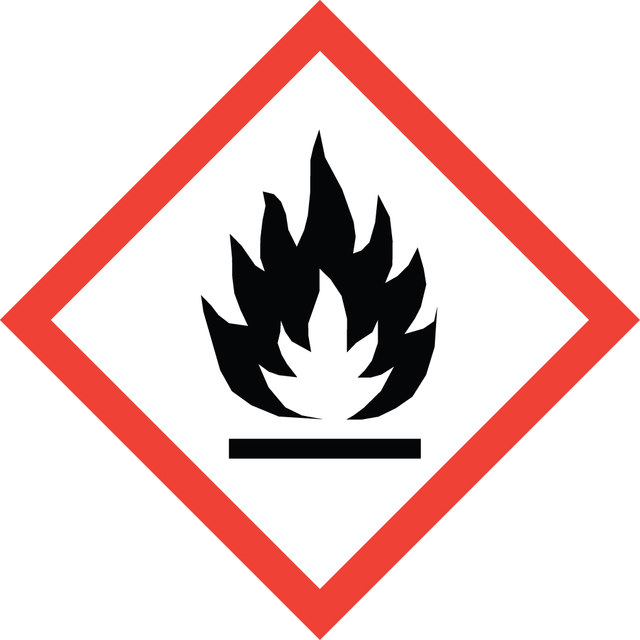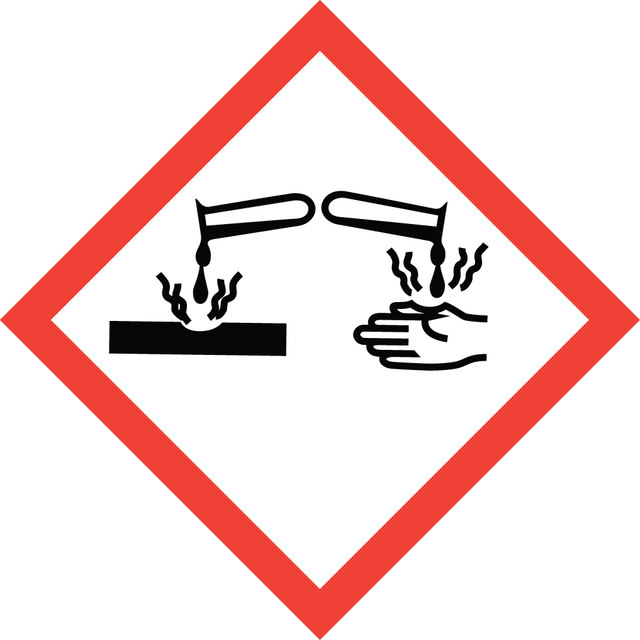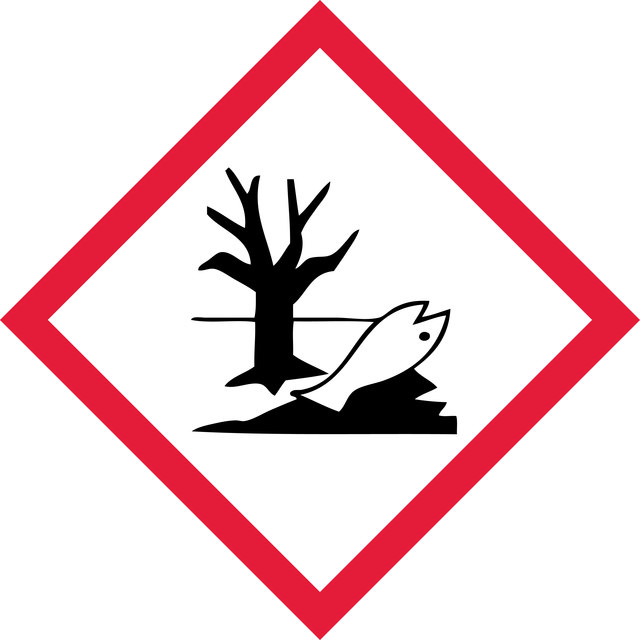230707
n-Butyllithium solution
2.5 M in hexanes
동의어(들):
n-BuLi, Butyl lithium, Butyllithium solution, Lithium-1-butanide
로그인조직 및 계약 가격 보기
크기 선택
제품정보 (DICE 배송 시 비용 별도)
Linear Formula:
CH3(CH2)3Li
CAS 번호:
Molecular Weight:
64.06
Beilstein:
1209227
MDL number:
UNSPSC 코드:
12352103
PubChem Substance ID:
NACRES:
NA.22
양식
liquid
Quality Level
농도
2.5 M in hexanes
density
0.693 g/mL at 25 °C
저장 온도
2-8°C
SMILES string
[Li]CCCC
InChI
1S/C4H9.Li/c1-3-4-2;/h1,3-4H2,2H3;
InChI key
MZRVEZGGRBJDDB-UHFFFAOYSA-N
유사한 제품을 찾으십니까? 방문 제품 비교 안내
일반 설명
n-Butyllithium (n-BuLi) is an organolithium reagent commonly used as a strong base in organic synthesis. It is also used as a lithium source for a wide range of lithium bases, such as lithium amides, acetylides, and alkoxides.
애플리케이션
n-BuLi can be used as a strong base to form corresponding lithium salts by the deprotonation of nitrogen, oxygen, phosphorus, and carbon acids. Heterocyclic compounds, such as furans, thiophenes, oxazoles, pyrroles, etc, can be lithiated α to the ring heteroatom using n-BuLi. These lithiated salts react in situ with alkyl halides to obtain useful organic compounds by the formation of the C-C bond. n-BuLi is also a useful reagent for lithium–halogen exchange reactions. Synthesis of various other useful reagents such as lithium diisopropylamide (LDA) and diphenylphosphine is done by in situ reaction with n-BuLi In the polymerization of dienes, n-BuLi is employed as an initiator.
The product is also used in the following reactions:
The product is also used in the following reactions:
- Anionic rearrangement reactions
- Metal-halogen interchange and transmetalation reactions
- Elimination reactions
- [1,2]- and [1,4]-Wittig rearrangement reaction
- Anionic homo-Fries rearrangement reaction
- Asymmetric carbolithiation
포장
The 25 mL Sure/Seal™ bottle is recommended as a single-use bottle. Repeated punctures will likely result in decreased performance of product.
법적 정보
Sure/Seal is a trademark of Sigma-Aldrich Co. LLC
신호어
Danger
유해 및 위험 성명서
Hazard Classifications
Aquatic Chronic 2 - Asp. Tox. 1 - Eye Dam. 1 - Flam. Liq. 2 - Pyr. Liq. 1 - Repr. 2 - Skin Corr. 1B - STOT SE 3 - Water-react 1
표적 기관
Central nervous system
보충제 위험성
Storage Class Code
4.2 - Pyrophoric and self-heating hazardous materials
WGK
WGK 3
Flash Point (°F)
-7.6 °F - closed cup
Flash Point (°C)
-22 °C - closed cup
n-Butyllithium
Ovaska TV, et al.
eEROS (Encyclopedia of Reagents for Organic Synthesis) (2001)
Microstructure-thermal property relationship of high trans-1, 4-poly (butadiene) produced by anionic polymerization of 1, 3-butadiene using an initiator composed of alkyl aluminum, n-butyl lithium, and barium alkoxide
Benvenuta-Tapia JJ, et al.
Polym. Eng. Sci., 49(1), 1-10 (2009)
Yuqiang Ma et al.
ACS nano, 9(7), 7383-7391 (2015-07-01)
Two-dimensional (2D) semiconducting monolayer transition metal dichalcogenides (TMDCs) have stimulated lots of interest because they are direct bandgap materials that have reasonably good mobility values. However, contact between most metals and semiconducting TMDCs like 2H phase WSe2 are highly resistive
Michael A Tarselli et al.
Organic letters, 11(20), 4596-4599 (2009-10-09)
A procedure for the coupling of aliphatic imines with allylic and allenic alkoxides is described. The success of these studies was enabled by a unique reactivity profile of Ti(IV) isopropoxide/n-BuLi compared to well-known Ti(IV) isopropoxide/RMgX systems.
J P Parente et al.
Carbohydrate research, 141(1), 41-47 (1985-08-15)
Treatment of dimethyl sulfoxide with butyllithium leads to rapid formation of lithium methylsulfinyl carbanion. The reaction products tend to be significantly freer from impurities when lithium methylsulfinyl carbanion is used rather than sodium or potassium methylsulfinyl carbanion. This reagent gives
문서
Transformative reagents enable selective conversions within molecules containing sensitive functionalities under mild reactions.
자사의 과학자팀은 생명 과학, 재료 과학, 화학 합성, 크로마토그래피, 분석 및 기타 많은 영역을 포함한 모든 과학 분야에 경험이 있습니다..
고객지원팀으로 연락바랍니다.



